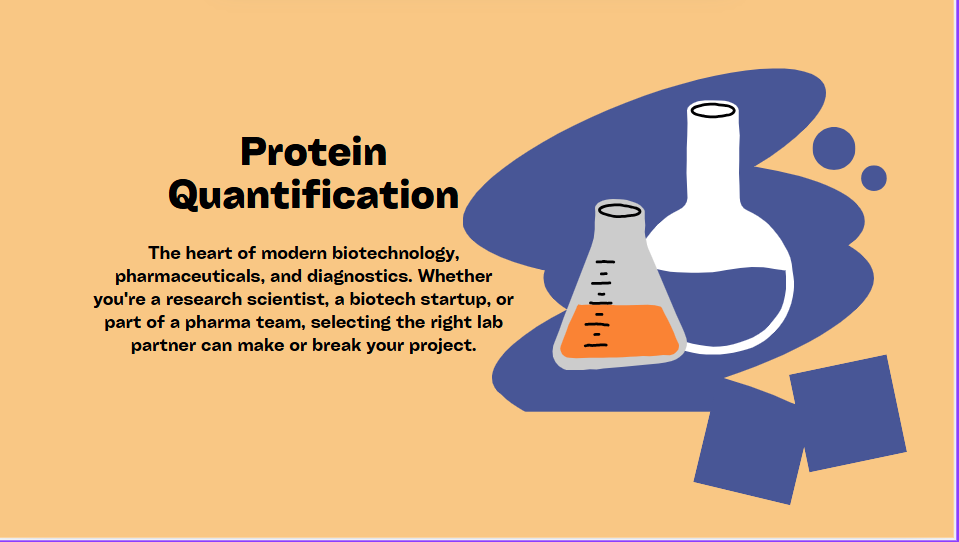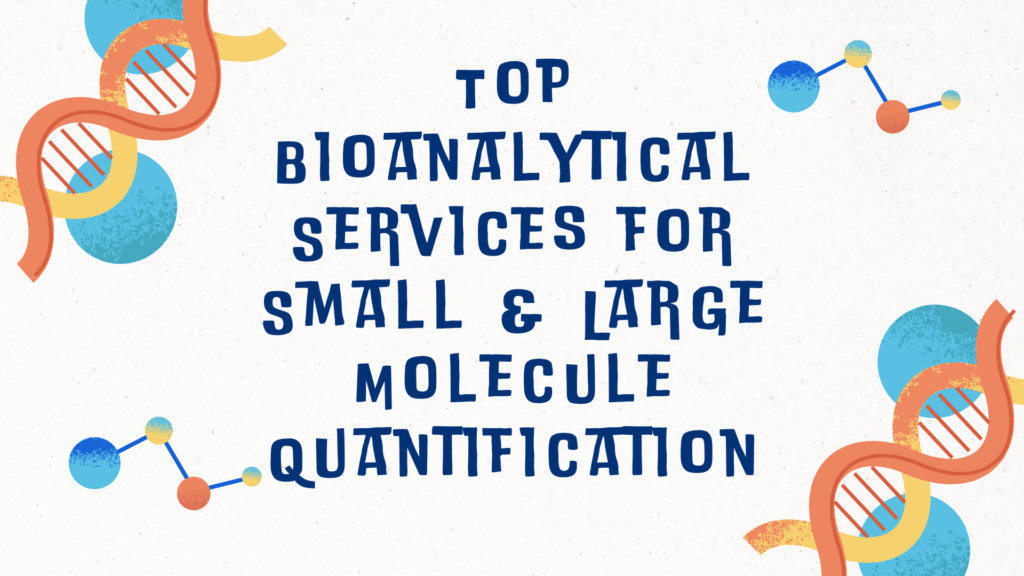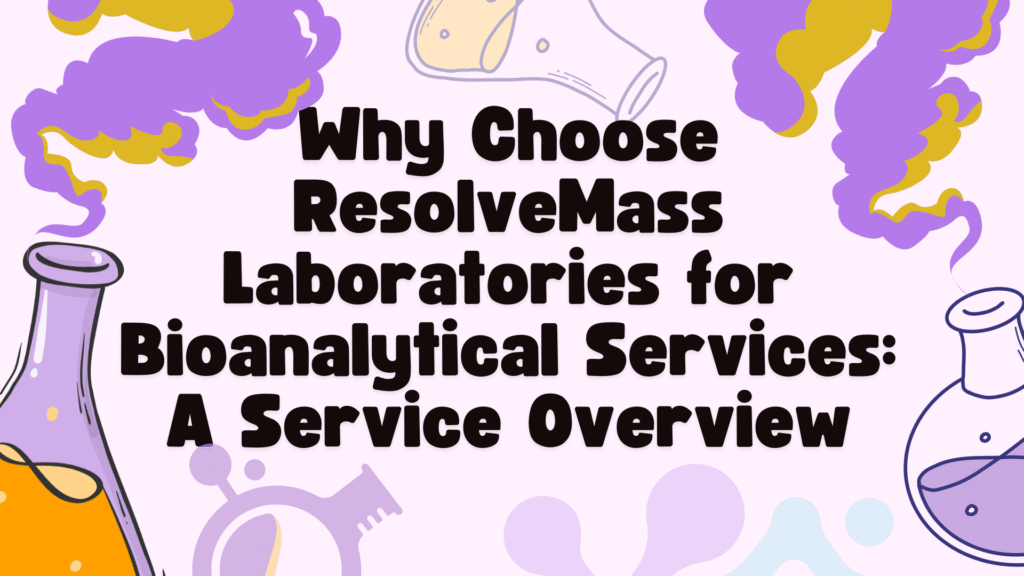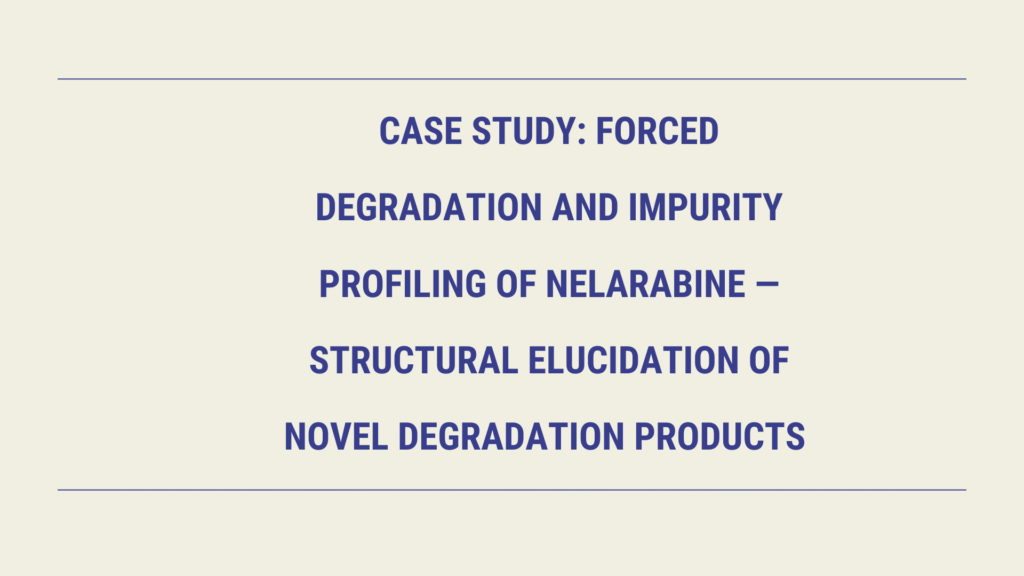
Protein quantification is a cornerstone of biomedical research, biopharmaceutical manufacturing, diagnostics, and clinical development. From evaluating drug efficacy to monitoring disease biomarkers, precise protein concentration measurements are essential. In Montreal, Canada, and across the United States, the demand for advanced, compliant, and highly accurate protein quantification services is rising.
For researchers, biotech companies, pharmaceutical manufacturers, and regulatory agencies, selecting the right lab for protein quantification is crucial. In this blog, we dive deep into how to choose the right protein quantification lab, what services to expect, regulatory considerations (especially FDA compliance), and how ResolveMass Laboratories Inc. stands apart in this field.
What is Protein Quantification?
Protein quantification refers to the process of determining the concentration of protein in a sample. This process is integral in:
- Drug formulation and manufacturing
- Enzyme activity assays
- Protein-protein interaction studies
- Quality control in biologics production
- Diagnostic testing
Various methods are available to perform protein quantification, including colorimetric assays (e.g., Bradford, BCA), UV absorbance, fluorescence-based methods, and mass spectrometry-based approaches.
Why Accuracy and Precision Matter
The accuracy of protein quantification can influence drug dosages, manufacturing outcomes, and research validity. Poor quantification leads to regulatory issues, failed experiments, or inconsistent drug batches. Labs must use validated methods, controls, and quality systems.
Real-World Application
Accurate protein quantification has enabled rapid vaccine development and batch release for biopharmaceuticals. As per one study, inaccuracies in protein assays caused variability of up to 25% in biologics characterization, delaying FDA approvals [DOI:10.1021/ac502465e].
FDA-Compliant Protein Quantification: What It Means
FDA compliance in protein quantification encompasses adherence to Good Laboratory Practices (GLP), validated analytical methods, documentation standards, and reporting procedures.
Key Features:
- Method validation per ICH/FDA guidelines
- Qualified instrumentation (LC-MS, HPLC, etc.)
- Comprehensive SOPs
- Data traceability and audit readiness
FDA compliance ensures that analytical data can be used for IND/ANDA/NDA submissions and supports regulatory reviews without delay.
Types of Protein Quantification Techniques Offered in Top Labs
1. BCA Assay (Bicinchoninic Acid Assay)
Highly popular due to its compatibility with detergent-containing buffers. Quantitative and colorimetric.
2. Bradford Assay
Quick and sensitive; useful for micro-samples.
3. UV Absorbance at 280 nm
Direct measurement; non-destructive but limited by protein-to-protein variability.
4. Fluorescence-based Quantification
Ideal for trace-level proteins. Offers superior sensitivity.
5. Mass Spectrometry-Based Protein Quantification
Highly accurate, specific, and suitable for complex matrices. LC-MS/MS methods offer quantification with peptide-level specificity [DOI:10.1021/pr100406z].
6. ELISA (Enzyme-linked Immunosorbent Assay)
Target-specific quantification, widely used in diagnostics and biologics testing.
Choosing the Right Lab: Key Criteria
1. Regulatory Compliance
Ensure the lab is GLP/FDA compliant with a clean audit history.
2. Technical Expertise
Experienced scientists, analytical chemists, and bioanalytical specialists should oversee your project.
3. Range of Techniques
The lab should offer a full suite of assays to accommodate different sample types and concentrations.
4. Turnaround Time
Fast and predictable TATs are crucial in clinical trials and production.
5. Custom Method Development
Look for labs that can tailor methods to unique project requirements.
6. Data Integrity & LIMS
Ensure robust data tracking, archival, and secure cloud-based report delivery.
7. Client Support and Communication
Dedicated technical liaisons, real-time updates, and transparent pricing are signs of a trustworthy lab.
ResolveMass Laboratories Inc.: Your Partner in Protein Quantification
ResolveMass Laboratories Inc. is a leading Canadian CRO with expertise in protein quantification for clinical, pharmaceutical, and R&D projects.
Why Choose ResolveMass?
- FDA & GLP Compliant: Fully validated methods and infrastructure for regulated studies.
- Locations in Montreal and Service Reach in the U.S.
- High-Throughput Capabilities
- LC-MS/MS, ELISA, BCA, UV/Vis, and more
- Rapid TATs
- Scientific Consultation and Method Development
Common Challenges in Protein Quantification and How Labs Overcome Them
1. Matrix Effects
Advanced sample cleanup and internal standards can minimize matrix interference.
2. Protein Aggregation
Using detergents and stabilizers in protocols can prevent aggregation.
3. Incomplete Solubilization
Optimizing buffer conditions and mechanical mixing ensures full solubilization.
4. Low Sample Volume
Fluorescence or MS-based techniques are suitable for ultra-low volume samples.
Applications of Protein Quantification
- Therapeutic protein QC
- Vaccine formulation
- Clinical trial biomarker studies
- Biosimilar and biologics development
Case Study: Quantification of Monoclonal Antibodies (mAbs)
ResolveMass quantified mAbs using orthogonal techniques (UV, BCA, MS). The combination approach improved reproducibility and passed regulatory scrutiny [DOI:10.1093/bioinformatics/btp120].
Future Trends in Protein Quantification
- AI-based data analytics for quantification workflows
- Next-generation MS instruments for ultra-high sensitivity
- Integration with genomics and proteomics for systems biology
REFERENCES
- Raynal B, Lenormand P, Baron B, Hoos S, England P. Quality assessment and optimization of purified protein samples: why and how?. Microbial cell factories. 2014 Dec;13:1-0.
- Rosenberg IM. Protein analysis and purification: benchtop techniques. Springer Science & Business Media; 2013 Dec 1.
- Lo CA, Kays I, Emran F, Lin TJ, Cvetkovska V, Chen BE. Quantification of protein levels in single living cells. Cell reports. 2015 Dec 22;13(11):2634-44.
- Pla-Roca M, Leulmi RF, Tourekhanova S, Bergeron S, Laforte V, Moreau E, Gosline SJ, Bertos N, Hallett M, Park M, Juncker D. Antibody colocalization microarray: a scalable technology for multiplex protein analysis in complex samples. Molecular & Cellular Proteomics. 2012 Apr 1;11(4):M111-011460.
- Mant CT, Hodges RS, editors. High-performance liquid chromatography of peptides and proteins: separation, analysis, and conformation. CRC press; 2017 Nov 22.
LC-MS/MS offers the highest specificity and accuracy.
Yes, all analytical data supporting regulatory submissions must follow FDA guidelines.
5–10 business days, depending on sample volume and assay type.
Yes, we specialize in assay optimization and custom protocol development.
Yes, ResolveMass serves clients across the United States with full logistical support.
The Role of Extractables and Leachables (E&L) in Carcinogenicity Risk
Introduction Extractables and Leachables Carcinogenicity Testing plays a vital role in protecting patients who rely…
Case Study: Forced Degradation Study of Gimeracil — Discovery and Structure Elucidation of Novel Impurities
Introduction Forced degradation studies are a cornerstone of modern pharmaceutical development, enabling scientists to intentionally…
Affordable Bioanalytical Services for Start-Up Biotech: What to Expect
INTRODUCTION Affordable bioanalytical services for start-up biotech companies provide the essential analytical support needed to…
Top Bioanalytical Services for Small & Large Molecule Quantification
Introduction Bioanalytical services for small & large molecule quantification are essential for ensuring precision, sensitivity,…
Why Choose ResolveMass Laboratories for Bioanalytical Services: A Service Overview
INTRODUCTION The short answer is: clients choose ResolveMass because this ResolveMass Bioanalytical Services Overview demonstrates…
Case Study: Forced Degradation and Impurity Profiling of Nelarabine — Structural Elucidation of Novel Degradation Products
Introduction: The Critical Role of Forced Degradation in Defining Nelarabine Stability Forced degradation testing continues…







